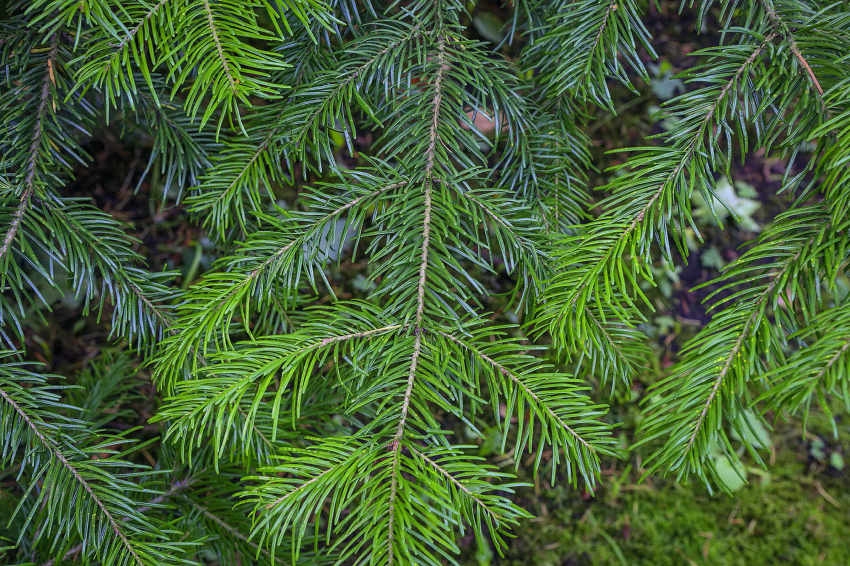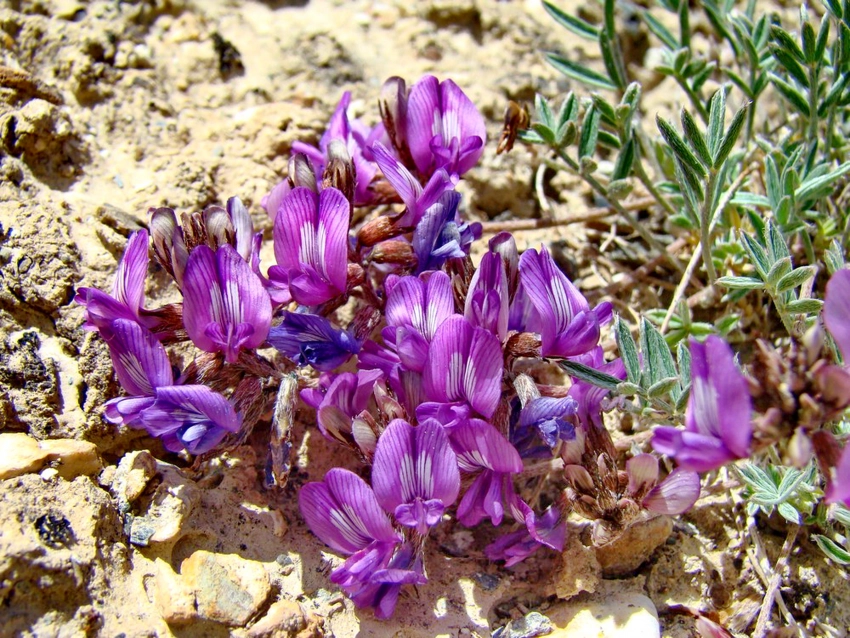KGZ22 Alai Valley Key Biodiversity Area

Square: 270 000 ha.
KBA category: B1
Species that initiated the designation of KBA [and other globally threatened species that are present in the KBA but have not been confirmed to meet the global KBA criteria]: Acantholimon alaicum, Artemisia knorringiana, Draba alajica, Hedysarum daraut-kurganicum, Iskandera alaica, Littledalea alaica, Prangos gyrocarpa, Pulsatilla kostyczewii, Sorbaria olgae, Gloydius rickmersi, Ellobius alaicus, [Panthera uncia], Falco cherrual.
Protection areas:no
Settlements on the territory of the KBA: Sary-Tash
Adjacent to the territory of the KBA: -

General description: The Alai Valley is an intermountain depression within the Pamir-Alai mountain system in the Osh region of Kyrgyzstan. It separates the Pamirs (in the south) from the Gissar-Alai (in the north), stretching from west to east between the Alai and Trans-Alai ranges for 150 km. Width from 8 to 25 km, area about 1700 km². Height from 2240 m in the west to 3536 m in the east (Tonmurun Pass).

Most of the Alai Valley belongs to the basin of the Kyzyl-Suu River, which begins west of the Tonmurun Pass from the glaciers of the Trans-Alai Range and flows along the Alai Valley to the west into Tajikistan. The small eastern part of the Alai Valley belongs to the Eastern Kyzyl-Suu river basin. This river flows from under the glacier of the same name in the Trans-Alai Range and flows east to China.

The rapid river Kyzyl-Suu (“Red River”) flows through the Alai Valley, and the water in it is indeed always brown-red. And the mountain slopes around are often red, which in combination with green alpine meadows, snow-capped peaks and a deep piercing blue sky creates an indescribable contrast.

The Alai Valley is picturesque. There are many high mountain pastures on it. The grass is especially thick and tall in the pastures of the eastern part of the valley. The grandiose wall of the Trans-Alai Range, which rises 3000 - 3500 meters above the valley, is a stunning sight. In the foothills of the Trans-Alai Range, on ancient moraines overgrown with grass, numerous lakes glow blue.
The Chon-Alai ridge, which bends around the Alai valley in the south, rises 3000 m above the valley and paints before the traveler grandiose landscapes of majestic mountains and eternal glaciers.

The vegetation of the Alai Valley is diverse - the valley gradually decreases from east to west, respectively, in its eastern part the landscape of the high-mountain steppe predominates, while in the western part the climate is much milder, not only alpine grasses grow, but also cereals.
The valley and the surrounding mountain ranges are home to stone partridges, snowcocks, foxes, Alai red marmots, bears, mountain goats, argali and snow leopards.

Settlements The transport center of the Alai Valley is the village of Sary-Tash, which is located in its eastern part.
Livestock farming is one of the main and most important branches of agriculture in the valley. About 80% of households own livestock, and income from livestock sales accounts for almost 60% of household income.
In recent years, the beekeeping sector has been actively developing in the valley, and experts note the high quality of mountain honey produced in this area.

The rich history combined with beautiful scenery and the hospitality of the local people make this region very attractive for tourism development. The easiest way to get to the Alai Valley is from the city of Osh. The roads of the Alai Valley are widely used by climbers and tourists to get to the mountains of Kichik-Alai, Western Trans-Alai, Central Trans-Alai (including the Lenin Peak area), Eastern Trans-Alai (including the Kurumdy region). 

From Osh, through the Alai Valley, they also reach the Pamirs. Finally, through the Irkeshtam pass you can enter the Kashgar Mountains (Chinese Pamir) in the area of Kongur and Muztag-Ata. As a rule, the Alai Valley operates as a border zone. Therefore, tourists and climbers must obtain a border pass before visiting the valley.

Ecology The region's rich mineral resources are increasingly attracting the attention of mining companies. Unfortunately, among subsoil users there are unscrupulous investors who, through their activities, harm the region’s environment. Basically, these are companies developing gold and coal. In addition, the project “Turkmenistan-Uzbekistan-Tajikistan-Kyrgyzstan-China Gas Pipeline” is being prepared for launch. The Nitka-D gas pipeline will pass through the entire Alai Valley, but according to experts, it will not cause significant harm to the region’s ecosystem.

Attractions: “Alai” in the Cagatay-Turkish language, according to the definition of Professor A. A. Semenov, means “herd”. Local residents translate “Alai” with the word “paradise” - the local summer pastures are so beautiful and abundant, where sheep, yaks, horses, and cows graze. They say that “Alai!” means “Hold the month!”, that is, “Hurry, the summer months are short in this high mountain valley!”

There is another very interesting version of the translation of the name “Alai”. Translated from Sanskrit, the word Alai means “Abode”.
The Alai Valley lies between the Fergana Valley and the Pamirs. A section of the Silk Road passed through the Alai Valley, starting in the trade hub of Kashgar (the territory of modern China). In the Alai Valley, 15 archaeological sites have been discovered - Stone Age sites, settlements, burial grounds of the Bronze and Iron Ages, petroglyphs, a cave.

The most frequent guests of the Alai Valley in the summer are mountain tourists and climbers heading to the area of Lenin Peak (7134 m, the highest point of the Trans-Alai (Chonalai) Range), who start from the city of Osh. The dizzying landscapes of the high mountain valley are complemented by the comfort of an excellent mountain track. When ascending and descending from the Taldyk pass, the traveler is surrounded by contrasting multi-colored rocks of regular shape, picturesque, deep, narrow canyons, and mountain rivers rush along the bottom of the canyons.














